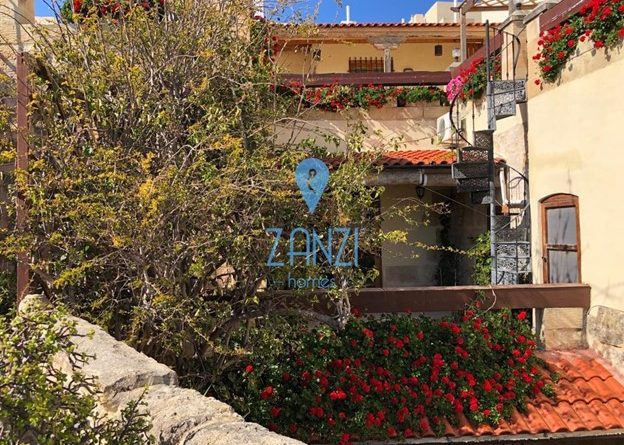The Complete Guide to Malta’s Zoning and Planning Laws
Why Should You Care About Malta’s Zoning, Regulations and Areas?
Malta is a small island country in the Mediterranean Sea. It is a member of the European Union, and it has a population of about 400,000 people. Malta’s economy relies heavily on tourism and financial services. Malta’s laws regulate the use of the property and zoning, which can be difficult to understand. This article will give you an overview of Malta’s zoning regulations and areas.
The Planning Authority is responsible for administering Malta’s zoning regulations and areas. They work with other government agencies to make sure that development projects are in accordance with the law. The Planning Authority also provides information on development projects to those who ask for it.
Zoning refers to how land is used in order to provide different types of housing, commercial developments or other uses for specific purposes.
Urban Conservation Areas in Malta
Urban conservation areas are a key element in the Malta Plan of Action for Sustainable Development. Such areas are considered to be of high importance in terms of their contribution to sustainable development and their potential for rehabilitation.
Urban conservation areas have significant potential for rehabilitation, but there is a need for more detailed information about these areas, especially with regard to their natural resources. Through grants and tax subsidies the Maltese Government has been actively pushing the rehabilitation of these areas.
Malta’s Zoning Regulations and How They Affect You
Malta’s zoning regulations are a set of regulations that govern the use of land in Malta. These regulations are enforced by the Planning Authority and they also have to be approved by the Environment and Resources Authority. The Planning Authority is responsible for approving any changes to these plans, which can take up to six months.
The Regulations set out zones for residential, commercial, industrial and agricultural purposes. They also regulate building heights, building density, and parking spaces. The Zoning Regulations also establish the process for submitting a plan or application for planning permission, as well as what needs to be included in the plan or application.
The Regulations are enforced through a number of different means including:
-Penalties
-Fines
-Criminal prosecution
What is the Purpose of Malta’s Planning Laws?
The Malta Planning Act is a statute that governs the use of land and buildings in Malta. It aims to promote the well-being of the population by providing for a sustainable environment and regulating land use.
The Planning Act was first introduced in 1973, but it underwent a major overhaul in 2008. The act is divided into five parts: Part 1 deals with general provisions, Part 2 deals with planning schemes, Part 3 deals with applications for approval of development plans, Part 4 deals with development control orders and Part 5 deals with enforcement.
Malta Planning System – The Process for Getting a Maltese Planning Permit
The Malta Planning System is a system that is used to determine what type of permit a person needs for the construction or alteration of their building. The process for getting a Maltese planning permit starts with submitting an application to the Planning Authority. The application will then be reviewed by the Planning Authority and if approved, it will be sent to the Ministry of Housing, Utilities and Infrastructure. If approved by the Ministry, it will then be sent back to the Planning Authority who will then issue you with a planning permit.
The Malta Planning System has been in effect since 2006 and is used in order to regulate urban development and ensure that new buildings are in compliance with certain regulations such as height restrictions and parking requirements.


